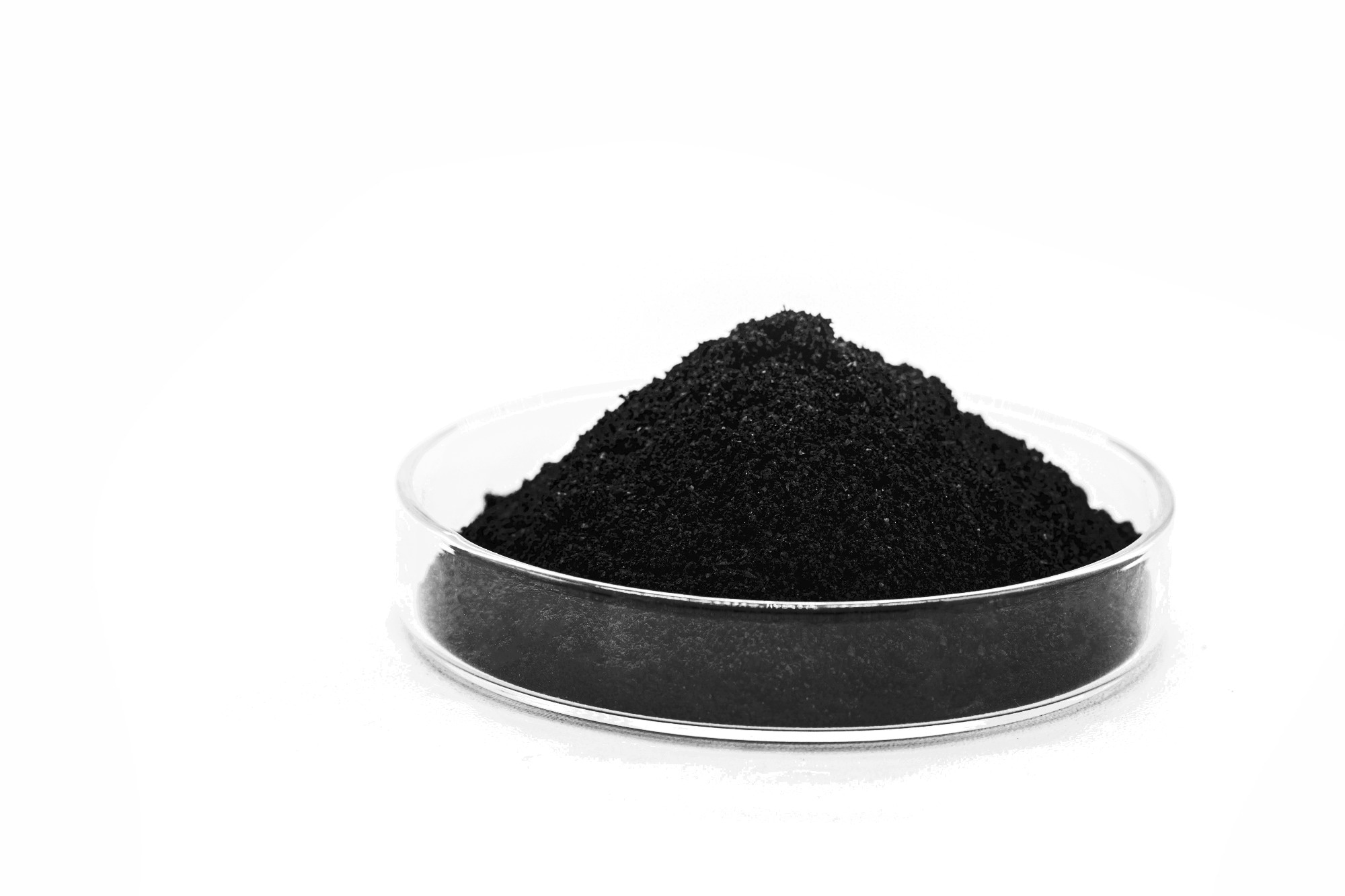Researchers at King’s College London have revealed a faster, cheaper way to assess graphene oxide quality.

Image Credit: RHJPhtotos/Shutterstock.com
Published in the Journal of the American Chemical Society, the researchers have created a new way to characterize graphene oxide (GO) that is faster and far more affordable than current techniques. Their method, an "interactional fingerprinting" technique, could accelerate the material from the lab to real-life applications.
Instead of relying on rare, costly equipment operated by specialist teams, the method mimics the human senses of taste and smell to build a qualitative “profile” for each sample. In doing so, a material's unique identity can be characterized at a much lower cost.
The team believes this breakthrough could lead to advances in sustainable electronics, cleaner battery technology, and other emerging applications where GO plays a role.
Until now, progress in implementing GO and graphene-based tech into commercial applications has been slow. A 2018 report warned that many so-called graphene products on the market were poorly characterized, some even mislabeled, leading to unpredictable performance. For GO, in particular, variations in oxygen content across batches have made it hard to guarantee consistent quality.
There are established techniques for characterizing these materials, but the analysis of each sample can cost up to £5000 and require teams of experts for up to a month. Because many of the devices required to perform these gold-standard measures are costly and not generally available, many people in research and industry are likewise unable to access them.
The King’s College London team’s new approach sidesteps those obstacles. Using a first-of-its-kind molecular probing tool, scientists mix small samples of GO with molecular probes that fluoresce until they bind to the material’s surface.
These probes are tuned to respond to key properties, such as oxygen content and flake size. The resulting fluorescence patterns are then analyzed mathematically to produce an “interactional fingerprint,” which can quickly reveal differences between samples.
Graphene Oxide is really promising. But if we’re to make good progress, we need to confirm that a new batch is like the last one. If your supply is unreliable, and behaves differently every time, how do you go about designing better products? Commercial services to test a new batch are expensive and can take weeks. That’s rarely feasible.
Dr. Andrew Surman, Study Principal Author and Senior Lecturer, Chemistry, King’s College London
Their characteristic picture may then be used to discriminate between different types of GO, such as those with low oxygen concentration.
Our approach should allow researchers and materials producers to perform a test in a couple of hours, using cheap tools they likely already have access to, to quickly quality control their samples where they work. By helping teams troubleshoot variation in their supply it helps ensure what they are working with is up to scratch, freeing them up for the important business of innovation in next-generation technology.
Dr. Andrew Surman, Study Principal Author and Senior Lecturer, Chemistry, King’s College London
As the device is material agnostic, the scientists anticipate that their probing technology could be extended to other advanced materials such as borophene, easing the move from the lab to the market.
Journal Reference:
Vergara-Arenas, B. I., et al. (2025). Interactional Fingerprints Offer Accessible, Rapid, and Qualitative Characterization of Graphene Oxide. Journal of the American Chemical Society. doi.org/10.1021/jacs.5c05355